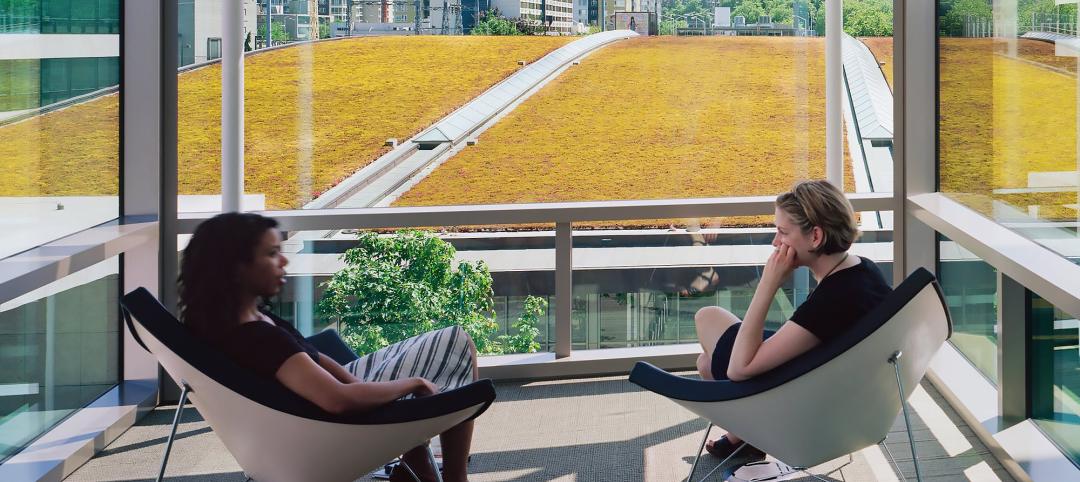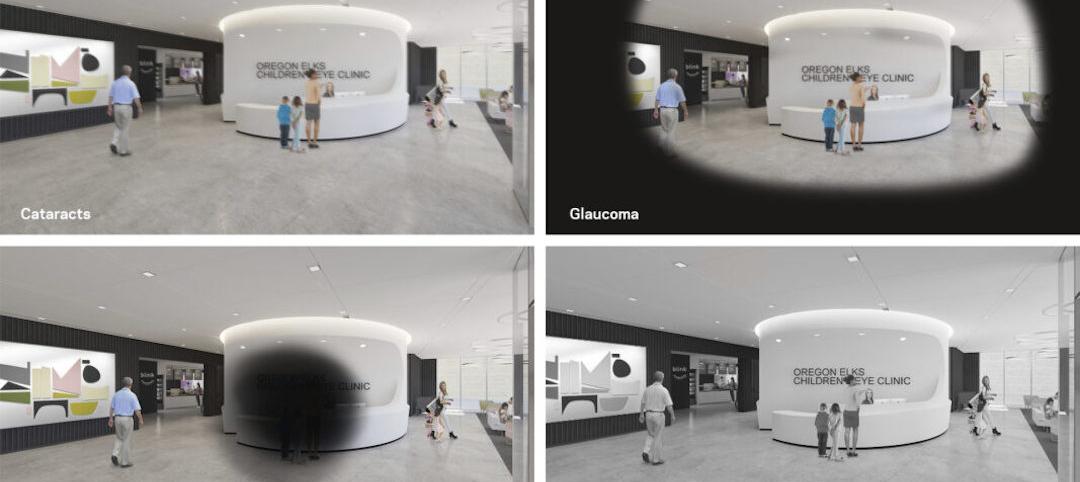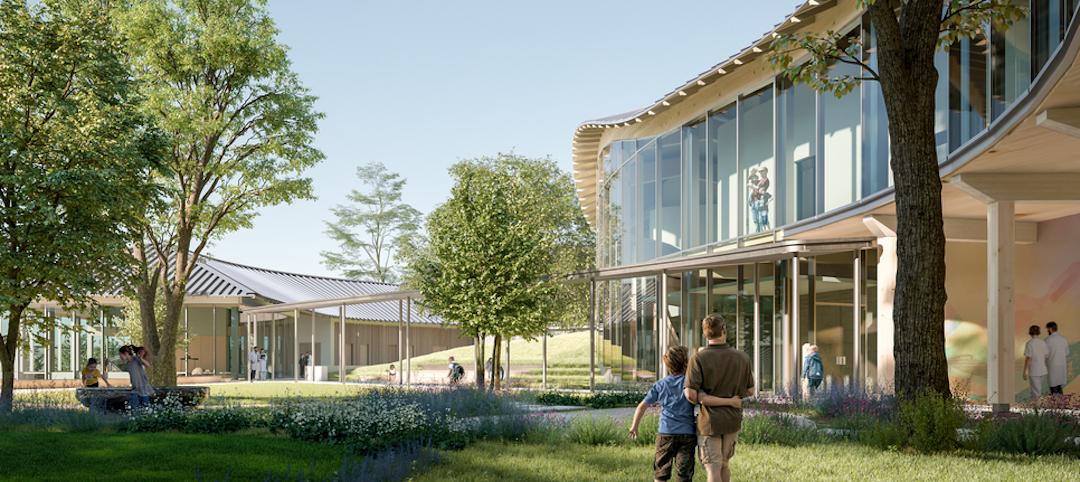With the number of global coronavirus cases increasing each day, health centers are more burdened than ever before, witnessing severe bed shortages for critically-ill patients. At the same time, housing at many higher education institutions now stands mostly vacant — with hundreds of thousands of students home for social distancing and instruction now delivered online.
There are a lot of discussions about using student dormitories to help assist with the COVID-19 pandemic. In New York, Gov. Andrew Cuomo has announced that the Army Corps of Engineers has selected sites for temporary hospitals on college campuses to increase bed capacity (and the National Guard, overseen by the Federal Emergency Management Agency (FEMA), is building four temporary hospitals in the Javits Center). Washington State and California are exploring options too. While student dormitories are well-suited to certain alternate healthcare uses — from housing clinical staff to treating low-acuity patients — there are important elements to consider when exploring how to convert them for coronavirus treatment, such as building codes and frameworks. Here are a few takeaways.
Potential Uses for Dorms During the Coronavirus Epidemic
Monitor “well” people rather than sick patients. Most dormitories don’t have the required medical infrastructure in place — such as appropriate electrical power and emergency backup, and medical gases for an intensive level of care. Instead, they may be better suited to serve as places for healthcare workers to monitor otherwise-stable, quarantined individuals that require isolation so they can be observed and not infect others. In New York, SUNY is currently quarantining students and staff returning from study abroad programs in designated dorms. In addition, to help free up beds in hospitals for COVID-19 patients, dorms could provide space for rehab or post-surgery physical therapy patients.
Expand screening centers. To minimize coronavirus cases in the ER or even a primary care clinic, student dorms could serve as a first point of contact for coronavirus screening, helping supplement drive-through testing and out-of-hospital triage tents. This would help alleviate the volume of patients showing up at hospitals, which should be used for the sickest of patients.
Offer housing for healthcare workers. Due to the virulent nature of the coronavirus, many healthcare workers don’t feel comfortable going back home to their families or roommates in the evening and need a nearby place to rest between shifts. Student dormitories could provide a safe and convenient option.
Provide stable shelter for the homeless. Over half a million people in the U.S. are homeless. California Gov. Gavin Newsom has dedicated $50 million in funding to lease hotels, motels and other facilities for social distancing and quarantines. Dorms, like hotels and motels, can be converted into temporary housing for the unsheltered, where they can receive coronavirus screenings, stay for a period of time, sleep, shower, receive meals, and have access to other health and public services.
Key Elements to Keep in Mind Regardless of Use
Consider proximity to adjacent medical services. Is the available dormitory close to a hospital or medical center? Location is important, given staff availability and supplies. Dispersing staff to ultra-remote areas could strain already burdened healthcare systems.
Address building guidelines and codes. Examine the approval and permit process already in place, and determine what else may be needed to successfully deliver the project. For instance, all hospitals overseen by the Massachusetts Department of Public Health require beds located in alternative acute inpatient areas to be spaced at least six feet apart from one another, to contain medical gases (an oxygen outlet and vacuum outlet per bed) and to provide accessible hand washing sinks and privacy partitions.
Develop a systematic framework for conversions. The Army Corps of Engineers is refining a “cookbook of models” — with blueprints recently approved by FEMA — to convert alternative buildings for healthcare use in under a month. To determine a facility’s readiness, the first step is to conduct walk-throughs to assess existing layout and infrastructure conditions such as plumbing, electricity and ventilation. It’s important to evaluate a dorm room’s ability to be isolated and to create an environment required to keep the coronavirus from spreading. This includes: the ability to use self-contained air conditioning units to create “negative pressure rooms”; the ability to maintain the negative pressure seal at each room’s entrance by covering it with plastic and a zipper; and the ability to have a nurses’ station located in the hallways. Another key element to consider is the facility’s accessibility: Is the entry level floor at-grade, or is there a ramp wide enough to take a bed or gurney? Are the elevators, and doors to rooms, sized for bed and equipment movement?
Create a strategy for the short term and long term. It’s critical to address the current situation while planning for the future. Establish a rigorous strategy to convert the dormitories for healthcare use as well as protocols for transitioning them back to student housing. Will there be a residual stigma that will need to be addressed?
While the decision to temporarily convert student dorms is complex and should be taken with care, time is of the essence as healthcare facilities face extreme strain. Although there is no “one size fits all” approach, repurposing student housing can offer much-needed space and other resources to help alleviate these pressures.
More from Author
NBBJ | Oct 3, 2024
4 ways AI impacts building design beyond dramatic imagery
Kristen Forward, Design Technology Futures Leader, NBBJ, shows four ways the firm is using AI to generate value for its clients.
NBBJ | Jun 13, 2024
4 ways to transform old buildings into modern assets
As cities grow, their office inventories remain largely stagnant. Yet despite changes to the market—including the impact of hybrid work—opportunities still exist. Enter: “Midlife Metamorphosis.”
NBBJ | May 10, 2024
Nature as the city: Why it’s time for a new framework to guide development
NBBJ leaders Jonathan Ward and Margaret Montgomery explore five inspirational ideas they are actively integrating into projects to ensure more healthy, natural cities.
NBBJ | Oct 18, 2023
6 ways to integrate nature into the workplace
Integrating nature into the workplace is critical to the well-being of employees, teams and organizations. Yet despite its many benefits, incorporating nature in the built environment remains a challenge.
NBBJ | May 8, 2023
3 ways computational tools empower better decision-making
NBBJ explores three opportunities for the use of computational tools in urban planning projects.
NBBJ | Jan 17, 2023
Why the auto industry is key to designing healthier, more comfortable buildings
Peter Alspach of NBBJ shares how workplaces can benefit from a few automotive industry techniques.
NBBJ | Aug 4, 2022
To reduce disease and fight climate change, design buildings that breathe
Healthy air quality in buildings improves cognitive function and combats the spread of disease, but its implications for carbon reduction are perhaps the most important benefit.
NBBJ | Feb 11, 2022
How computer simulations of vision loss create more empathetic buildings for the visually impaired
Here is a look at four challenges identified from our research and how the design responds accordingly.
NBBJ | Jan 7, 2022
Supporting hope and healing
Five research-driven design strategies for pediatric behavioral health environments.
NBBJ | Nov 23, 2021
Why vertical hospitals might be the next frontier in healthcare design
In this article, we’ll explore the opportunities and challenges of high-rise hospital design, as well as the main ideas and themes we considered when designing the new medical facility for the heart of London.
















